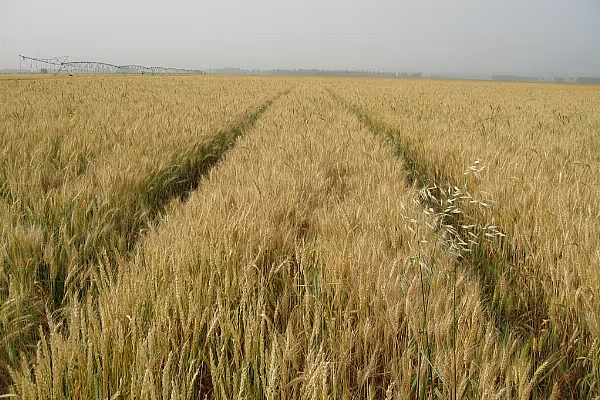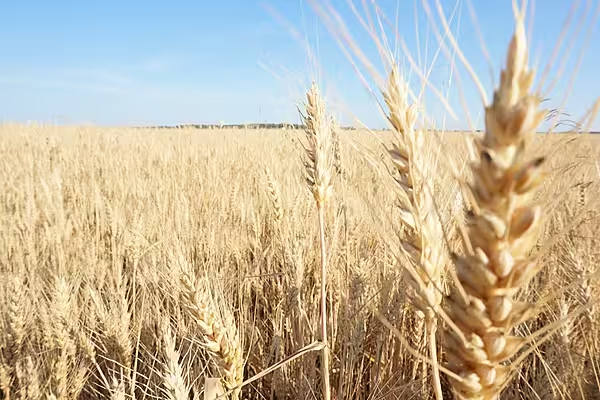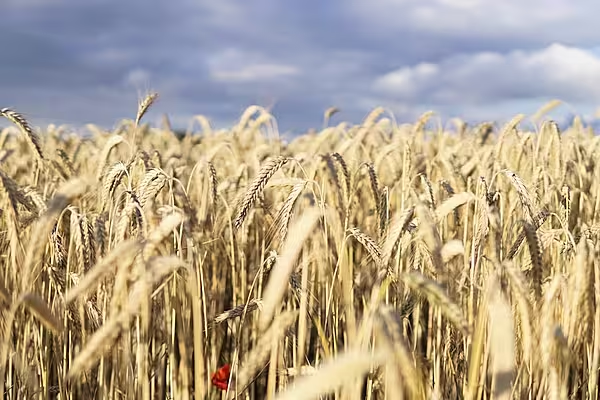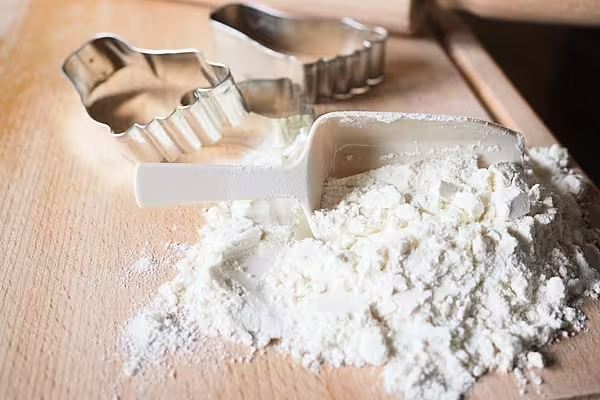A deluge that’s hitting Baltic countries is hurting this year’s wheat crop as production is set to fall and quality deteriorates, according to Linas Agro A/S, one of the largest exporters of Lithuanian grain.
Production of soft wheat in Latvia and Lithuania will probably be about 6 million metric tons this season, Henrik Klindt Petersen, the managing director of the Danish arm of Linas Agro, said in a telephone interview Tuesday. That’s 9.5 percent lower than a year earlier, Eurostat data showed.
The weather turned wet in the region about a month ago and downpours intensified at the end of July, according to data from World Ag Weather and the U.S. Department of Agriculture. Rainfall in the past 10 days have ranged from more than double to five times the norm, Donald Keeney, a meteorologist at MDA Weather Services, said by e-mail Tuesday.
“We got a lot of rain and the fields are totally wet; qualities are going down,” Petersen said. “The Baltic countries are not going to be able to produce a very good, high-quality grain this year.”
Wet weather is coming during the critical harvest time, with growers in the Baltic countries having so far harvested about 10 percent to 15 percent of the crop, Petersen said. Rainfall is threatening the region at a time when the lowest yields in three decades prompted France, the European Union’s biggest producer, to slash its output forecast by 21 percent last week.
Test Weights
The downpours are hurting wheat quality in the Baltics. The so-called test weights, a measure of the grain’s ability to be used for flour production, so far range from 72 to 77 kilograms (159 to 170 pounds) per hectoliter, with a lot of the samples in the 72- to 74- kilogram range, he said. Milling-wheat futures traded on the Euronext exchange in Paris require a minimum of 76 kilograms.
“There’s enough of that poor quality in France," Petersen said. “We had hoped to see our selling window here with nice, strong good quality from the Baltics, but so far what’s coming in is disappointing.”
Linas Agro may still be able to sell some of the wheat with lower test weights to flour millers that can blend them with higher-quality grain, Petersen said. Otherwise the grain will have to be sold for animal feed. Protein content so far has remained high, from 12.5 to 14 percent, he said.
“We have some strange grain with high proteins and low test weights and this is basically the same as they have in France,” Petersen said. “The two parameters do not fit well together.”
The outlook for the wheat harvest in the Baltics remains uncertain. While MDA Weather Services says rainfall should “ease a bit” next week, Commodity Weather Group sees the downpours continuing for at least another two weeks, forecaster David Streit said by e-mail Tuesday.
News by Bloomberg, edited by ESM. To subscribe to ESM: The European Supermarket Magazine, click here.














